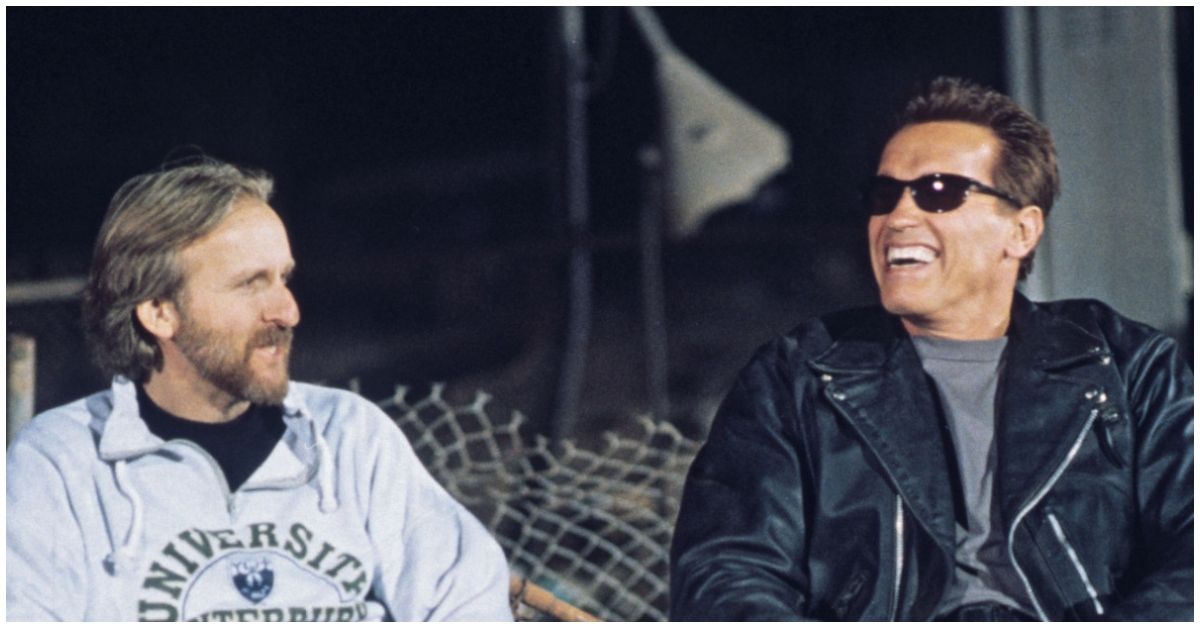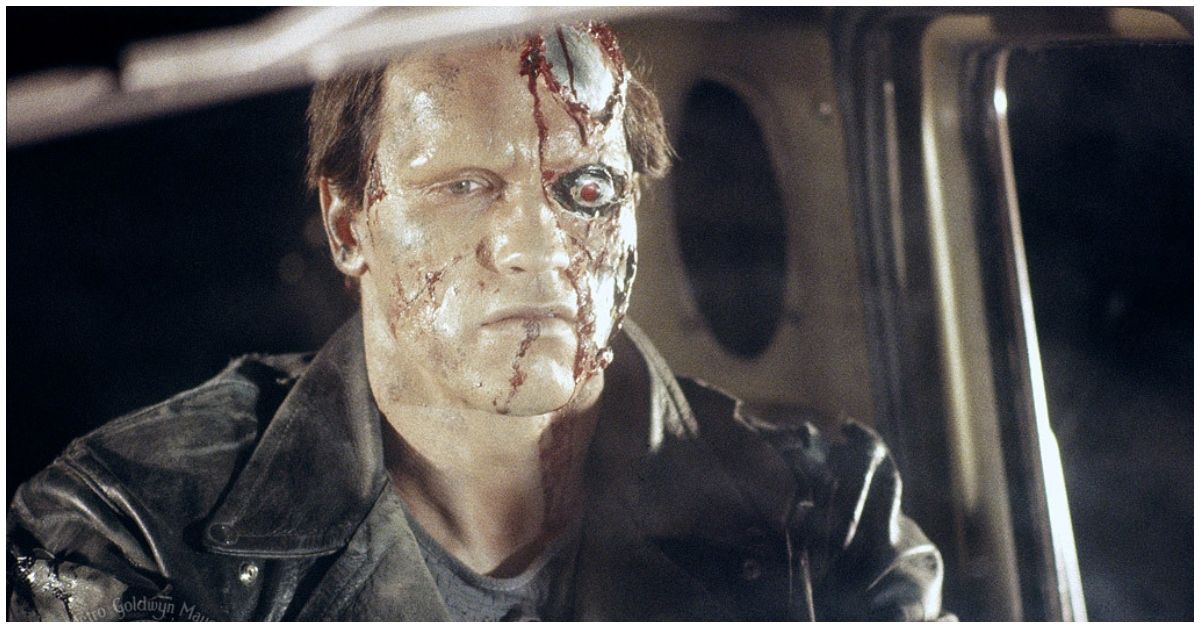Film genius James Cameron has directed a lot of movies, both good and bad. But one of the running themes is that is films are BIG. Aliens... BIG... Titanic... HUGE... Avatar... EVEN HUGER... While the Terminator films just became massive spectacles as they went along, a fun fact about the first Terminator movie is that it was actually quite small.
Realistically, because the first movie was so contained, due to having a restricted budget, James had to be an even better director. Endless money means endless possibilities. Creativity thrives with some boundaries and restrictions. Great filmmakers can get really creative when problem-solving. And filming the first Terminator was all about problem-solving. First and foremost, Arnold Schwarzenegger was never supposed to play the iconic titular role. Once they got him on board, the film met even more challenging hurdles.
Thanks to an eye-opening article by Entertainment Weekly, we now know the truth about the filming of Terminator. Let's take a look...
Guerilla-Style Filmmaking At Its Finest
In March of 1984, James Cameron and producer and co-screenwriter Gale Anne Hurd took their small sci-fi film to camera in Los Angeles, California. Because of their restricted budget, much of the filming was done at night. A lot could be hidden under the cover of darkness... and the permits were far cheaper.
"I went around Los Angeles with the location scout and we looked for streets that had mercury-vapor lights because I knew we were going to need available lighting," director and co-screenwriter James Cameron said to Entertainment Weekly. "We didn’t have any time, and we didn’t have the electrical budget. Even when we did interiors, we did them at night because we’d been knocked off the street if it was raining."
The whole idea of filming Terminator, and what sold the idea to Orion productions, was that it would be shot 'guerrilla-style'. Inexpensive. Little equipment. And not a lot of visual effects. Luckily, Stand Winston's studio was around to held make the practical effects believable. James Cameron also found a great cinematographer, Adam Greenberg, who could work with restricted light.
"We got so lucky with Adam," James said. "His close-ups are lit so beautifully. Linda and Michael inside the Cadillac — that was lit with a couple of little fluorescent lights but their eyes are so luminous."
"Jim was always aware of that blue look, giving the movie the look of steel at all times — that night look, chilly look, the kind of look that made you say, 'I don’t want to be stuck there,'" Arnold Schwarzenegger said.
The Actors And Crew Both Loved And Hated The Style Of Filmmaking
Guerilla-style filmmaking has its plus and minuses. The pluses are the feeling of intimacy as well as immediacy, meaning that the cast and crew don't have to wait around all day to film the next shot. But all of the luxuries of a big-budget production go out the window... as does the lengthy schedule that makes things a little easier.
"The energy was so high, even though it was very exhausting. I think we shot it in 44 days or something like that," special effects wiz Shane Mahan said of the shoot. "Night shoots are tough in general, but especially when you’re going at that speed. So there wasn’t much time for levity. We were constantly in serious mode.
As for Linda Hamilton (Sarah Connor), well, she too had her moments of stress.: "We were working in the Kern’s fruit factory, slick juice running on the floor, covering holes you couldn’t see. And we had to work eight days in a row, and this was day nine. And that 250-pound metal arm that they had created — it wasn’t a special effect — they were shoving it at me and that arm had gotten me in the throat. And I finally thought, 'This director is definitely rooting for the machines and not the people.'"
Ultimately, shooting Terminator was absolutely grueling. While the shooting schedule was brutal on the cast and crew, James Cameron didn't help matters. According to the interviews in the Entertainment Weekly article, James was exact and as specific as possible. This meant that he wasn't pleased when he didn't get what he wanted. However, they all understood that he was just trying to make the best movie possible... and he did.
But it was at the physical expense of the actors, including Linda Hamilton who got quite beaten and bruised filming some of the low-budget action scenes.
"The movie’s early scenes of me as a young waitress were actually filmed at the end of the shoot," Linda explained to Entertainment Weekly. "I’m supposed to be young and fresh and they had to spend two hours covering the bruises on my body with makeup."


